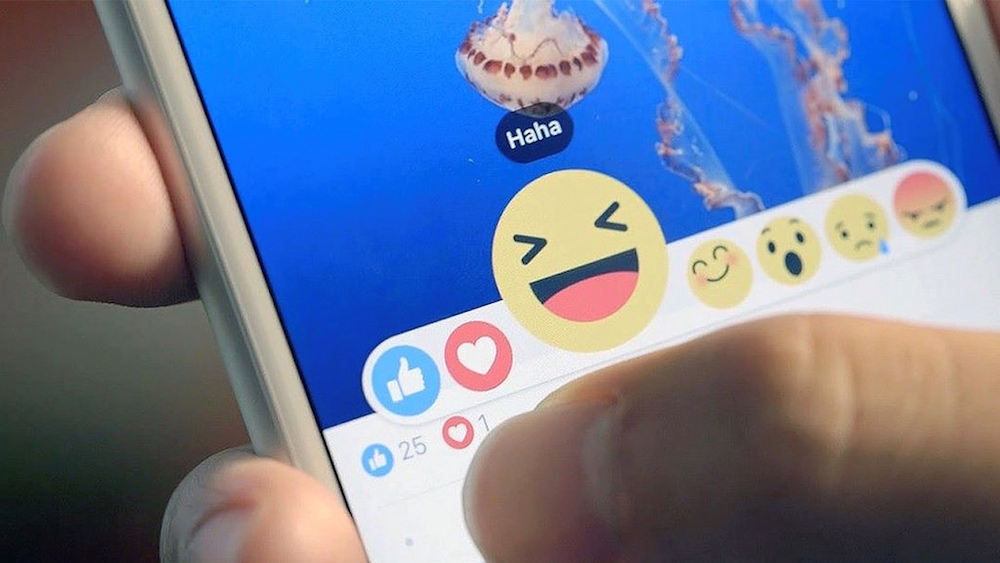Culture June 29, 2017
"That's not something we think is good for the world."


The Facebook “dislike” button is the latest urban legend of social media. Was there ever a Facebook dislike button? Is there a Facebook dislike emoticon?
Next to personality and love tests, the dislike button is one of the most requested Facebook features of the last decade. However, Facebook continues to deny the users’ request… and for good reason.
Here are five reasons the Facebook “reactions” beat the dislike button out of the race.
You definitely don’t want to leave a “thumbs-up” on your classmate’s “in memoriam” post about their late Aunt. But in a way, you don’t want to leave a “dislike” on that post either. Does that mean you didn’t like the Aunt?
Does it mean you don’t like such depressing posts on your feed? A simple “dislike” leaves no room for explanation, and it can leave the poster with hurt feelings, even if the reactions meant to convey sympathy.
Let’s say you post a link to a news article, and the headline is not exactly uplifting. For example, if you post about dolphin massacres, the average Facebook user will probably be angered by such injustice. The “angry” reaction allows them to express frustration with the issue.
With the dislike button, the poster may think you dislike depressing posts in general. As Facebook users get more and more picky about what’s on their feed, it can be hard for the poster to know why you disliked their post. The anger reaction makes the commenter’s intentions more specific.
Let’s say your best friend posts a three-paragraph birthday message on your wall, along with a touching video montage that she made herself. Although a like would be sufficient, the “love” reaction shows the poster that their message was given specialized attention, and separates it from the thousands of normal “likes” the user gives.
And let’s be honest, the Facebook dislike button would spread zero love.
Let’s say your friend posts a cautionary video of themselves jumping on a trampoline with no net. Unfortunately, a flip goes wrong, and your friend ends up bouncing off the trampoline onto the adjacent grass. They’re fine, but they end up with an injured wrist.
As a surprised user, a “dislike” button could sufficiently describe how you feel about what happened to your friend. However, the poster could take that to mean, “Why did you put that on Facebook? You were stupid to jump on the trampoline without a net. This is spam.”
Although this is an extreme assumption, you have to put yourself in the mind of a user. It was probably embarrassing for them to go through this experience, let alone post about it on the internet. They will be vulnerable to negative feedback, even if the “disliker” meant to convey shock and sympathy. A “wow” reaction tells the poster, “This video surprised me”, which is neither positive nor negative.
Mark Zuckerberg was pretty blunt when it comes to the “thumbs down” button. Slate Magazine quoted his explanation in simpler terms: “Some people have asked for a dislike button because they want to say, ‘That thing isn’t good.’ And that’s not something that we think is good for the world. So we’re not going to build that.”
In a way, it makes total sense. Words are biting enough, so a Facebook dislike button might just add salt to the wound.
So there you have it… Facebook is far from integrating a dislike button into its user experience. Although they can’t stop mean-spirited trolls from achieving their life’s work, they are doing what they can to keep online negativity at bay.